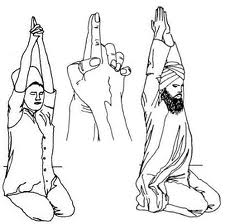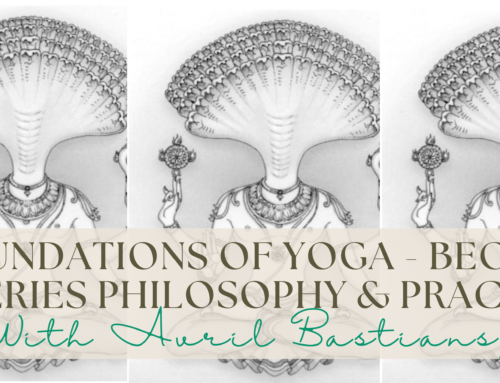Yogi Bhajan describes meditation as “the art of breaking habits, to purify the mind and to take care of the day-to-day things”. In his lecture, ‘Meditation: a simple process’ he states the following:
“Meditation is a process. When the dawn comes, the sun power, the ray energy, is more scattered and the mind is not controllable. At any time which is peaceful—the best is early morning time, before the dawn—you’ll be surprised, that in a couple of minutes, a lot of thoughts will start coming to you—those thoughts which you do not want to touch—the x-rated thoughts, the ugly, angry thoughts, all those kind of thoughts. If you let those thoughts pass by, this is meditation. All those thoughts that can pass at that moment of your life can never enter your subconscious mind, and they will not bother you again. This procedure of cleansing the mind of not dumping a lot of thoughts into your subconscious mind is called meditation. It takes about three minutes to get those kinds of thoughts. And sometimes they continue to bug you for about half an hour. But if you physically don’t move, the mind becomes still.”
How long should you practice meditation for?
In the kundalini yoga as taught by Yogi Bhajan tradition, it is encouraged to commit to a meditation (or kriya) for a period of time. That means practicing the same meditation (or kriya) everyday. There is logic to this.
Forty days changes the habit, ninety days confirms the new habit, one hundred and twenty days integrates the new habit into one’s being, and one thousand days masters the habit.
By committing to a regular sadhana we train the subconscious to release thoughts or habits that do not serve us any longer.
There is also a theory behind the length of time we practice for, and the level of affect.
- Three minutes alters the electromagnetic field and the circulation, potentially moving us into theta state, which we experience as a deep state of relaxation.
- Eleven minutes changes the nerves and glands.
- Twenty-two minutes balances the three minds (positive, negative and neutral), meaning they can work in harmony.
- Thirty-one minutes “allows the glands, breath, and concentration to affect all the cells and rhythms of the body, and is said to affect the three gunas, 31 tattvas and all layers of the mind’s projections”.
- Sixty-two minutes integrates the subconscious and the outer projection.
- “Two-and-half-hours changes the psyche in its correlation with the surrounding magnetic field so that the subconscious mind is held firmly in the new pattern by the surrounding Universal mind”. “If you meditate, you are not doing anybody any favour, and you are not going to grow wings from your armpits. It will only help you to be a self-controlled person. It will only mean people will respect you, trust you and like you. You will not have a split personality, and your words will mean exactly what you are saying. That’s all. It’s no big miracle. If you don’t meditate, you won’t be true to yourself”. Yogi Bhajan, The Master’s Touch.
But do remember to always practice the Kundalini Yoga meditation as taught by Yogi Bhajan for the suggested time (or less) and to not go beyond the time specified.
Ways to make practicing each day more enticing…
• Create a little sacred space for your practice and use it for the duration of the forty-day sadhana and beyond. This builds a resonant field that your body responds to when you have been doing this for a few days (also known as entrainment). You can set up a yoga mat, cushions, candle, and anything else that you require to help you through the process
• Make a little calendar for a wall near your space and mark off each day as you go. You could also journal your experiences, as a way of processing what comes up for you, or to ask questions of the teachers.
• Reward yourself with freshly made yogi tea, freshly squeezed juice or some other healthy treat once you have finished your daily practice.
• Practice with a friend! You can invite a housemate, partner or friend and commit to practicing together each day. This will help you to keep up.
• Set an intention to dedicate your practice to something or someone—make it bigger than you (it always is!)
• See each day as a chance to begin again, to go a little deeper, to discover new things about yourself and your experiences. Approach your practice with ‘childlike curiosity’, noticing how no two days are the same.
Want to ready more about Kundalini Yoga and Meditation?
The Science of Kundalini Yoga Meditation
40 day Kriyas: the ups and ups
Kundalini Yoga for Purifying the Self









Leave A Comment